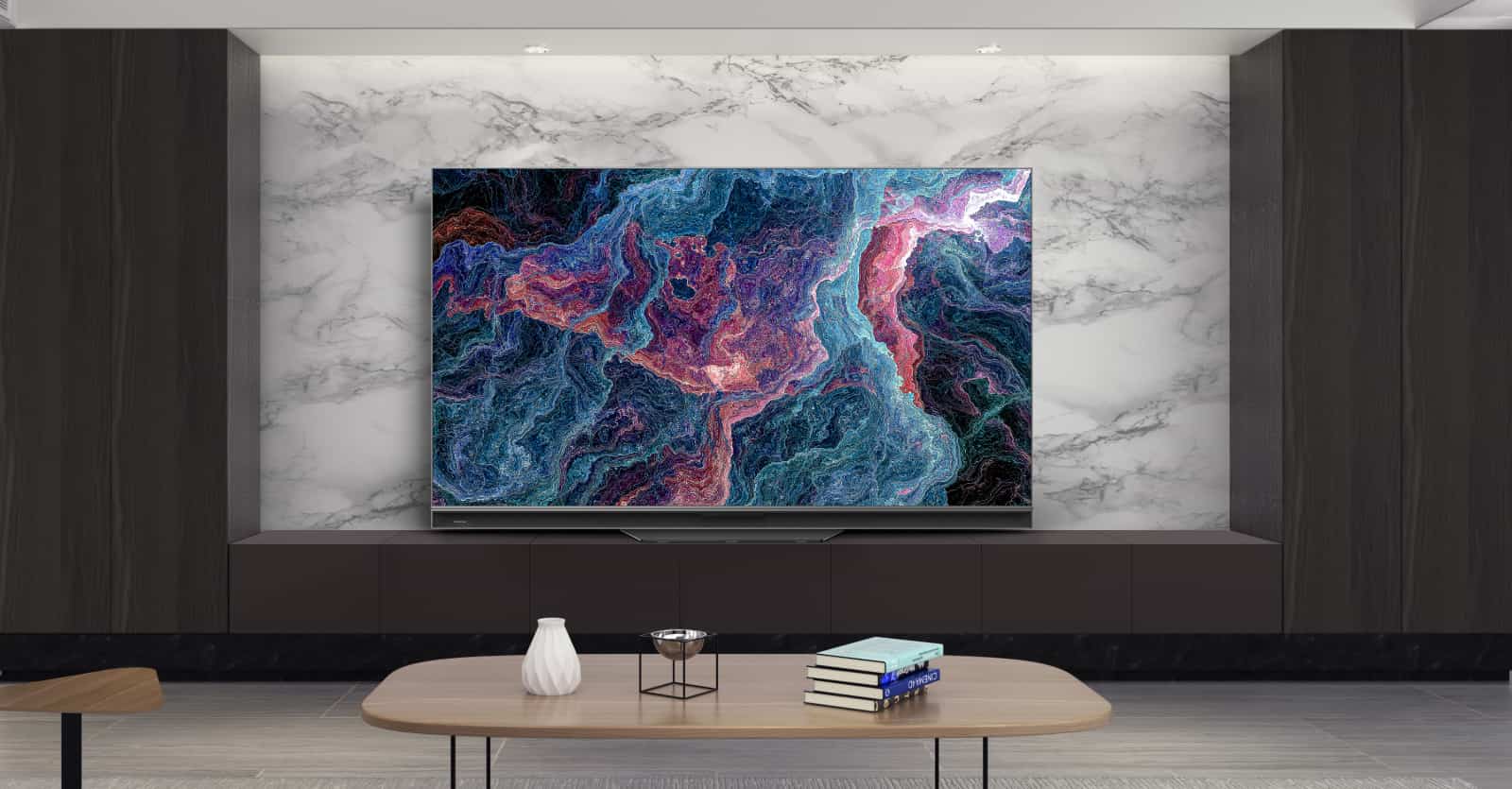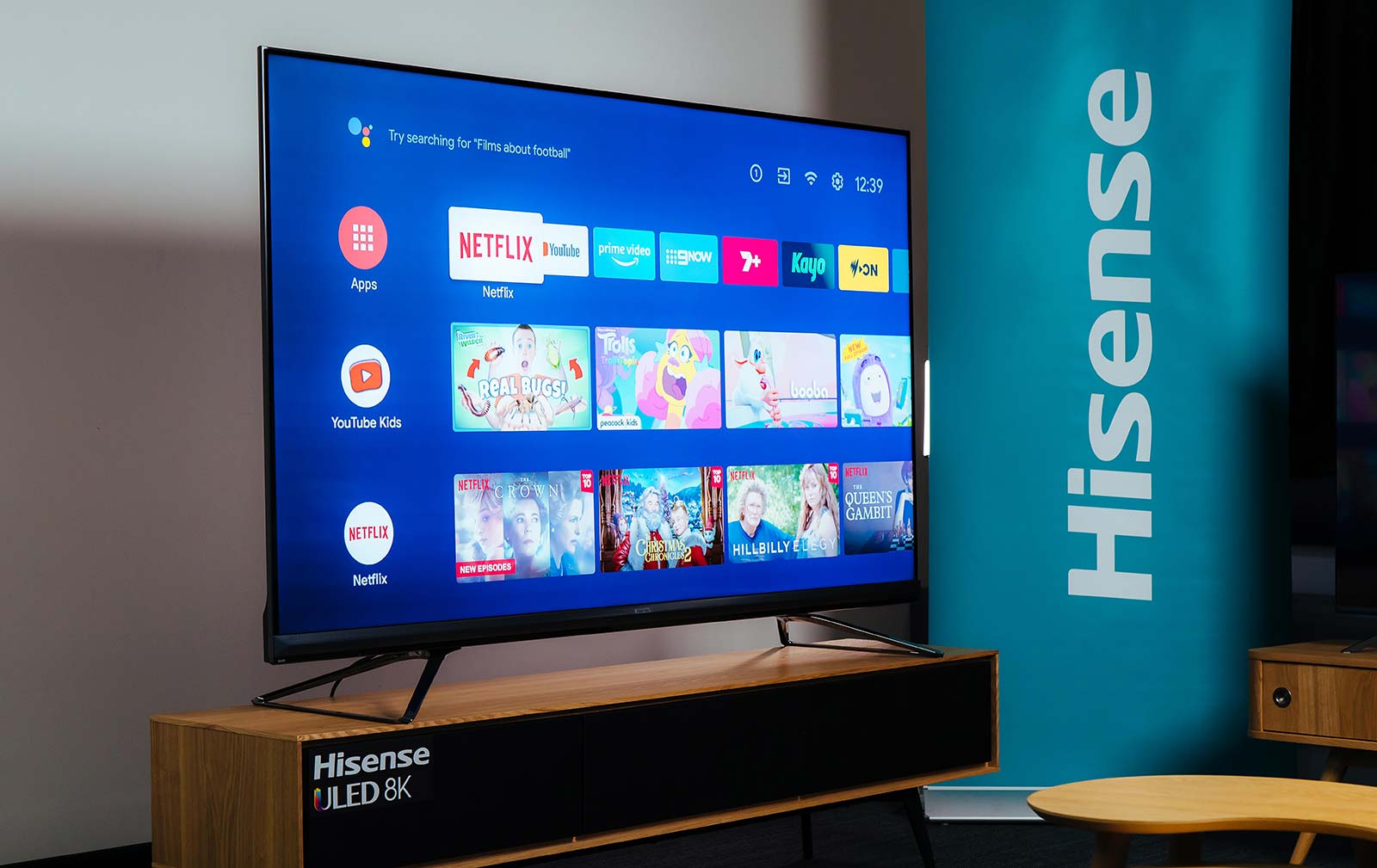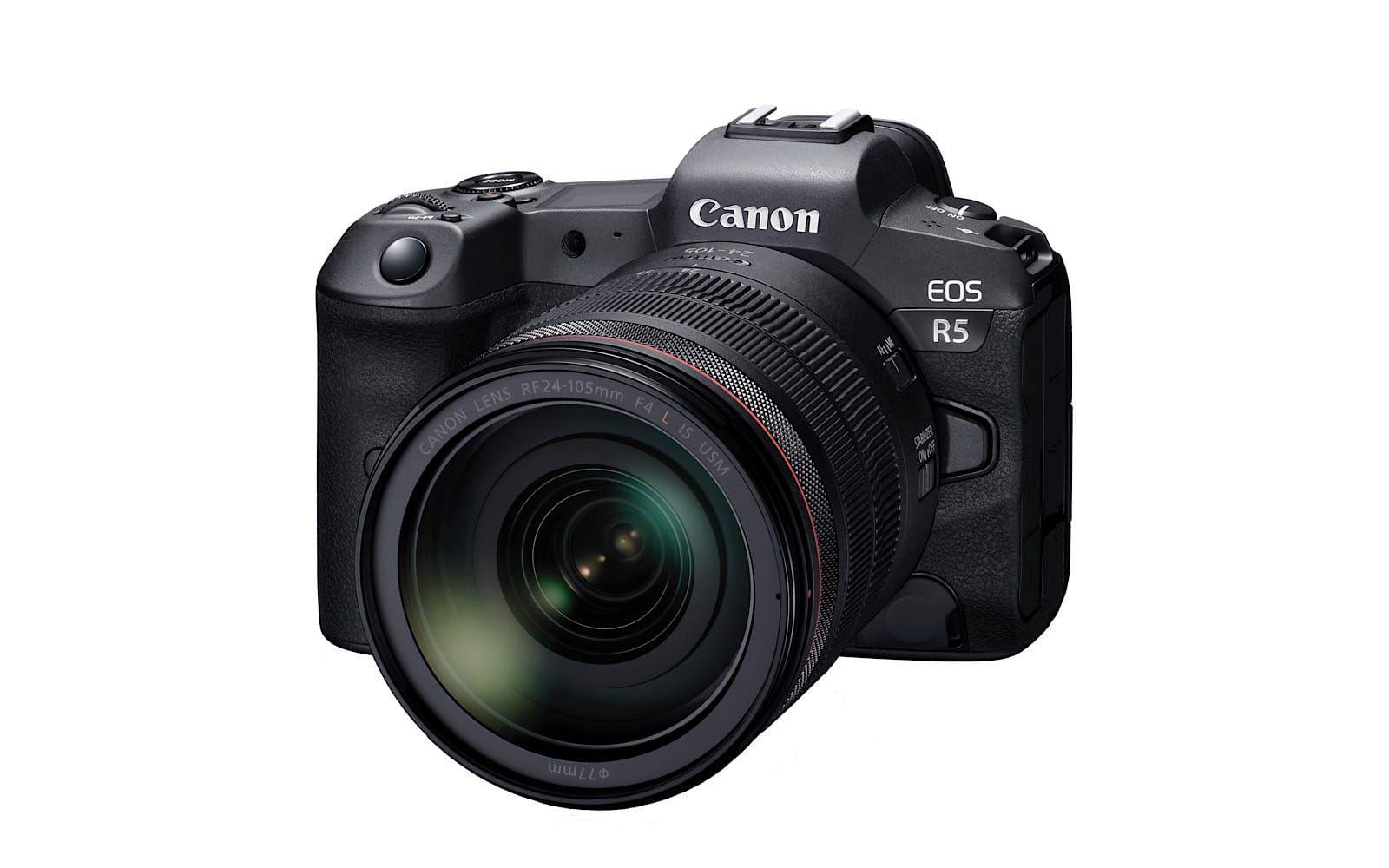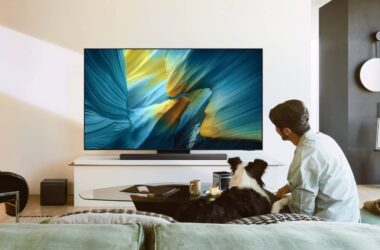It’s been almost two years since 8K launched in Australia, and yet finding 8K movies, TV shows, and 8K content isn’t easy. What are your 8K options in 2021?
There are plenty of 4K TVs out in the world, but there’s also quite a few choices in 8K, the next step in resolution. It’s been a long time coming, and the first few popped up two years ago in 2019, but they’re becoming even more normal now than before.
Whereas an 8K TV was hard to find a couple of years ago, these days it’s much, much easier. This year, you can find an 8K UHD TV from nearly every TV manufacturer, meaning it’s possible that you might be considering one.
But is there anything to even watch on an 8K screen this year? Can you actually enjoy 8K content?
8K movies and TV shows
First up, let’s talk about the sort of programming we typically use the living room TV for in the first place, and maybe the general lack thereof of that content in the first place. We’ve written about the lack of 8K content available in 2019 when the first screens rolled out to sale, and an absence of 8K media continued to be a problem last year in 2020, as well.
Two years on from release, there are no 8K movies or 8K TV shows to speak of on the platforms we typically rely on. That means there’s nothing 8K on Netflix, Stan, Amazon Prime Video, Apple TV+, Disney+, or anything else for that matter.
While every one of these supports 4K Ultra HD content, some platforms only offer content in lower, with Binge only running at a maximum of Full HD 1080p.
The news isn’t much better with physical formats, because there’s no Ultra HD Blu-ray disc supporting 8K films or programmes.
Simply put, if you’re hoping to catch your favourite shows or flicks in 8K, it’s not going to happen in 2021.
8K broadcasts
With nothing happening in the film and TV space, you can more or less forget about 8K broadcasts at the moment, as well.
In Australia, broadcasters don’t typically send out higher than 1080i, which isn’t quite 1080p Full HD, giving you an idea of how low the resolution actually might be in comparison to what an 8K TV can pick up. By comparison, an 8K TV has 16 times the amount of pixels of a 1080p TV, which means there’s a fair degree of upscaling needing to happen.
So no one in Australia is broadcasting at 8K, but they’re also not broadcasting at anything close. There is a standard coming that could see broadcast TV run at improved resolutions, with DVB-T2 in testing in Australia, but it’s not yet approved, and also doesn’t hit as high as 8K.
However in Japan, there will be 8K streams of the Olympics, complete with audio support up to 22 channel audio. That means someone is providing an 8K broadcast in the world in 2021, but unless you’re living in Japan, it doesn’t actually matter. You probably can’t get it if you’re not living there.
8K YouTube
There is a way for you to watch 8K media on an 8K TV in 2021, and it might come from YouTube.
Arguably the internet’s biggest video directory, YouTube includes a decent amount of 8K videos, many of which will be more like demo videos of sorts, so you can get a fill of 8K, even if it’s not the regular assortment of content you might like to watch.
You can search for 8K on YouTube easily enough, and you can find some great little videos that show the magic of the world and beyond in 8K.
Of course, YouTube’s 8K content can feel a little like stop-gap, but it provides something in the right resolution for an 8K TV. Fortunately, there may be another angle.
8K games
If you have a big and meaty computer with an HDMI 2.1 port on the side and a capable graphics card, you may be able to play games at 8K resolution.
We’re not talking about either of the next-gen systems that launched last year — the Xbox One X or PlayStation 5 — because as good as they are, they still don’t really cover 8K support just yet, and the games certainly don’t.
But if you have a desktop PC or plan to grab one, Nvidia’s RTX 3090 graphics card is capable of handling 8K, and more will eventually follow. Building a computer with one of these will likely be expensive, and you may not get an 8K experience that delivers heaps and scores of performance, but if you’re looking to game in 8K, this is one option, albeit an expensive one.
Make your own 8K videos
A less expensive take may actually be to upgrade your phone to something that captures 8K.
Quite a few Android phones support the format, including the Samsung Galaxy S21, the S21 Ultra, last year’s Note 20 Ultra, and the Asus ZenFone 8, to name a few, providing an 8K capable camera sensor, small as it is. You might not want to expect the best quality in 8K here, as the sensor size isn’t huge, but these phones can provide an 8K picture if you let them.
Bigger camera sensors that support 8K exist, too, coming in the Canon EOS R5 and the Sony A1 mirrorless cameras, both of which let you capture 8K video with more detail and clarity.
If you have even more money, you might want to look at something Blackmagic has available, with a 12K camera that offers even more resolution that you can downscale to.
8K upscaling is where it’s at
Downscaling is important if you have the ability to, but without 8K content from the likes of Netflix, Stan, Amazon, and Apple, and with media that high a resolution unlikely to be on the cards for quite some time, you may instead be looking at a different type of sampling: upscaling.
The very opposite of downscaling, it’s a technology that uses special hardware and artificial intelligence to bring lower resolution imagery to a higher resolution picture.
You’ve probably seen a mention of “upscaling” in 4K and 8K TVs, and it basically means the television includes some special sauce and hardware to increase the size of the source material to make it match the resolution of the screen. It means if you have a Full HD Blu-ray and a 4K TV, upscaling can increase the resolution enough so that it’s watchable on the TV.
The same goes with 4K to 8K, though the logic is pretty clear: the higher the resolution you start with, the better the upscaling will be. Going from 4K to 8K is probably going to look a lot better than going from 1080p to 8K, or much lower with DVD to 8K.

Will there be any real 8K content in the future?
Upscaling is likely going to be how 8K TV owners consume 8K content for quite some time, because there’s no schedule for real 8K content to arrive.
What we’re looking for is adoption by production houses and distributors of 8K versions, but with 8K movie making and higher still relatively small — and often not outputted at 8K, but rather lower — we may not actually have proper 8K movies to look at for quite some time.
For now, if you’re thinking of buying an 8K TV with a view to the future, know that almost everything you watch will be in 4K and upscaled, or a little bit lower and upscaled again. A couple of years in, there is still next to nothing in the 8K content world, and that might not change for some time.








